[Colin Furze] is back at it – once again shrugging off the confines of feasibility and laughing in the face of sanity, all whilst sporting the signature tie with unrivalled style.
Teaming up with [James Bruton], the result of their collective talent this time is a hydraulic hulkbuster suit, at a frankly ridiculous scale. This is the third and final episode of the build process, with the first two covering the legs and body. 
To demonstrate the strength of his latest toy, [Colin] tapes himself to the arm of his creation and promptly gets swung into a wall. We still don’t entirely understand how [Colin] survives his antics, but we’re very glad he does.
The steel frame is a masterclass in welding and fabrication, providing support for three hydraulic pumps, the accompanying rams, some seriously hefty bearings (think 1 m diameter), and one Colin. As if a giant moving steel behemoth wasn’t enough, each arm houses a weapon: a flamethrower and a power-fist. All parts are sourced from eBay.
The control electronics and 3D-printed skin are pretty nifty too – you can see [James]’s first video here.
We’re hard pressed to pick our favourite Furze projects, but we have to mention the flamethrower guitar and hoverbike.
Continue reading “Colossal Hydraulic Hulkbuster Is Classic Colin Furze”


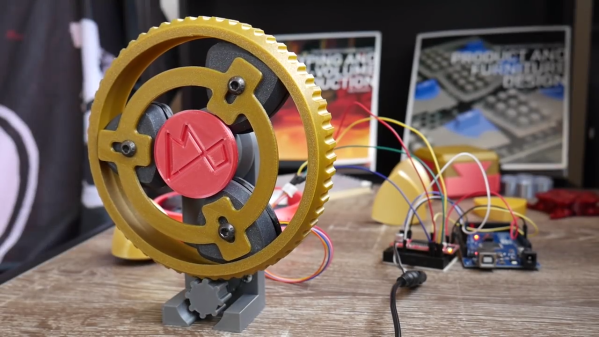

 [Angus] finally arrived at a working bearing after a ton of suggestions from the community, and trying a number of attempts until he was able to achieve what he set out to do. The trick was to create a flexible insert (3D printed as well) for the center of the triangle edge, which grips the surfaces the triangle comes into contact with. A frame is also made to hold the bearings in place and allows their centers to move up and down as necessary.
[Angus] finally arrived at a working bearing after a ton of suggestions from the community, and trying a number of attempts until he was able to achieve what he set out to do. The trick was to create a flexible insert (3D printed as well) for the center of the triangle edge, which grips the surfaces the triangle comes into contact with. A frame is also made to hold the bearings in place and allows their centers to move up and down as necessary.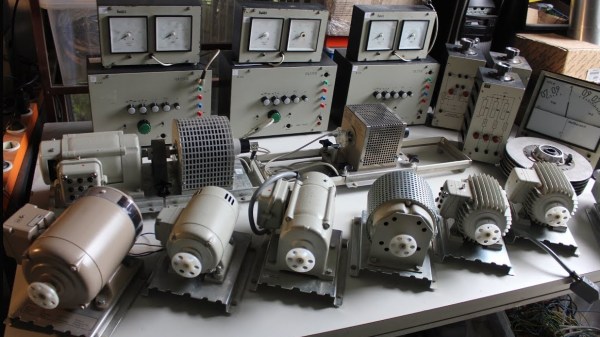
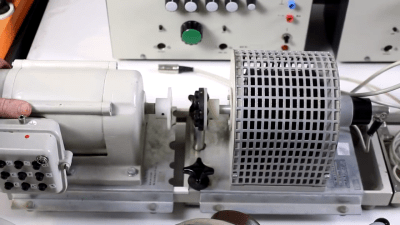


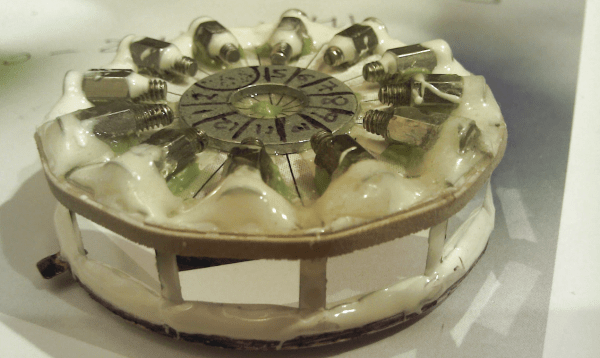

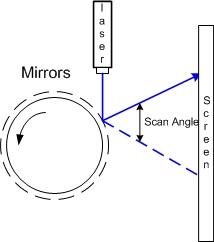



 So, how does it actually test? Synthesized inside the FPGA is everything the CPU needs from the motherboard to make it tick, including ROM, RAM, bus controllers, clock generation and interrupt handling. Many testing frequencies are supported (which is helpful for spotting fakes), and if connected to a computer via USB, the UCA can check power consumption, and even benchmark the chip. We can’t begin to detail the amount of thought that’s gone into the design here, from auto-detecting data bus width to the sheer amount of models supported, but you can read more technical details
So, how does it actually test? Synthesized inside the FPGA is everything the CPU needs from the motherboard to make it tick, including ROM, RAM, bus controllers, clock generation and interrupt handling. Many testing frequencies are supported (which is helpful for spotting fakes), and if connected to a computer via USB, the UCA can check power consumption, and even benchmark the chip. We can’t begin to detail the amount of thought that’s gone into the design here, from auto-detecting data bus width to the sheer amount of models supported, but you can read more technical details 








